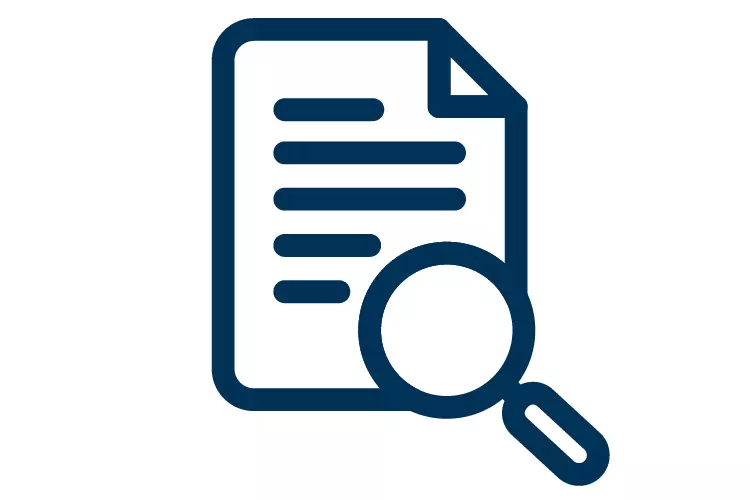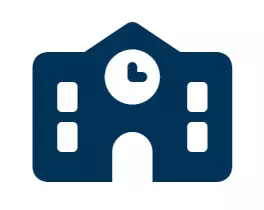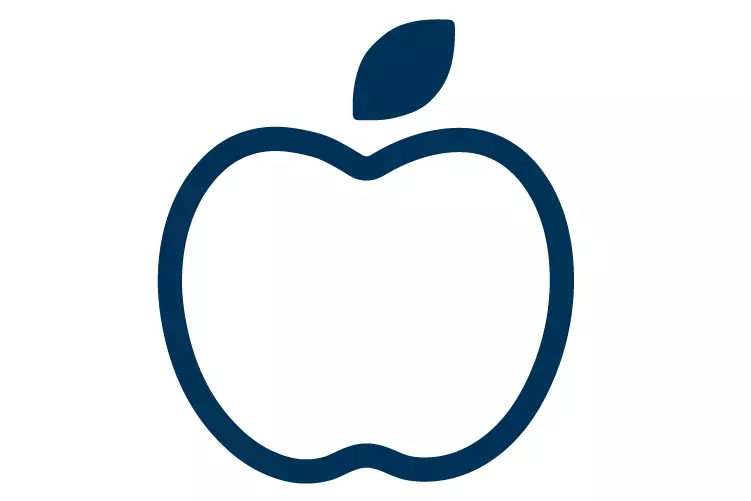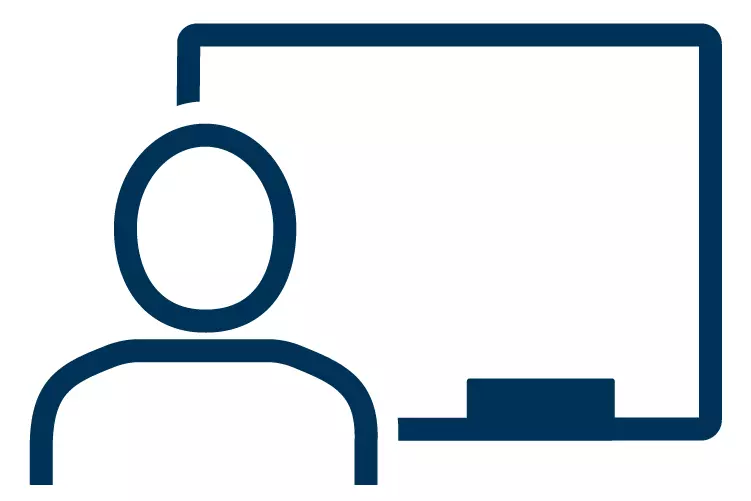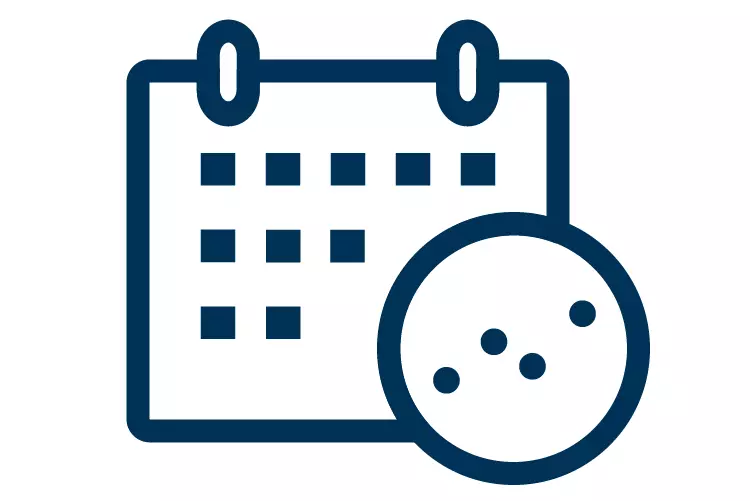Workforce Programs Using Money Smart
Money Smart has a long history of supporting workforce initiatives. In this edition, we highlight two examples of how Money Smart helps adults gain and support employment.
The Sewing Labs (thesewinglabs.community) is a non-profit in Kansas City that teaches sewing for employment and entrepreneurship opportunities.
“We teach Money Smart as part of our Sewing Salon training program, so that individuals understand the ins and outs of running a business and what to expect as entrepreneurs growing a new business,” relayed Eileen Bobowski, the organization’s Executive Director. “We hold sessions two times a month and we even included a few sessions that Money Smart did not cover such as Marketing and Customer Service.”
She recommends engaging others from the community to support workshops. “We have brought in experts to help facilitate and teach modules and our students have been so grateful.”
Bobowski shared feedback from two graduates of The Sewing Labs’ program.
- "These sessions have connected me with resources that I didn't know were available. And, the sessions connected us with contacts from a myriad of businesses, such as with financial institutions that are excited to assist you on your entrepreneurial journey and assist in removing financial barriers,” said one graduate. She added, “With Money Smart through The Sewing Labs, I have been provided the tools and resources I need to succeed!"
- Another recent graduate shared that, “These sessions offered by The Sewing Labs and FDIC Money Smart were a wonderful experience. It’s a course that is useful for any style of business, sewing related or not."
And, in Phoenix, employees and patients of the HonorHealth system regularly complete Money Smart training. Jennifer Quillin, Financial Coach with the HonorHealth Desert Mission Living Well Program (desertmission.com), provides the training through webinars, workshops, and one-to-one sessions. The program has offered in-house training called “School at Work” to help employees gain life and leadership skills and advance in their careers.
Quillin offers several tips for workplace delivery of Money Smart. They include:
- Ask the audience in advance to determine topics and the best time for the training. For example, Quillin shared that employees voted on the topics they wanted most and when.
- Encourage participation by family members. A few participants invited their partners, some had their children online with them, and several shared information with family members after the class.
- Take the time to conduct the pre-test to tailor the presentation to the educational needs of the audience.
- Send downloadable materials in advance. Quillin sent them out two weeks before the training, and again the day before.
- Consider using an icebreaker of “in one word, how would you describe your day?”
- Leave time to recap highlights from the last session and ask students how they used that information since the last training.
- End every session with action steps – ask the audience what one or two things they are willing to do in the next 30 days based on what they learned. “Then I follow-up with a mailed card a few weeks later to thank them for attending, enclose a handout from the class, and ask them to report back on their action items,” shared Quillin.
She added the workshops were well received. One employee shared:
“Thank you for the opportunity to better myself financially. Attending the financial workshop helped me hold myself accountable and act on my goals. I set up my retirement fund today and started direct deposit to a separate savings account earmarked for emergencies only. I have been tracking my spending, which has gone down considerable the last few weeks. Thank you for providing easy to read and understand handouts from FDIC.”
Quillin added, “I’ve been teaching the FDIC curriculum for over 15 years – to first-time homebuyers, employees, community groups, food bank clients and patients. The Money Smart curriculum is diverse enough to reach every audience group and is easy to tailor as needed. The Guide to Presenting Money Smart is super helpful to new and experienced instructors. The fun and interactive curriculum is easy to use and keeps the audience engaged. Thanks to the downloads, it was fairly easy to adapt my in-person workshops to online virtual workshops. For review after the class, I invite workshop students to refresh their learning with the online version after our class. The combination of Money Smart tools and resources is outstanding!”


